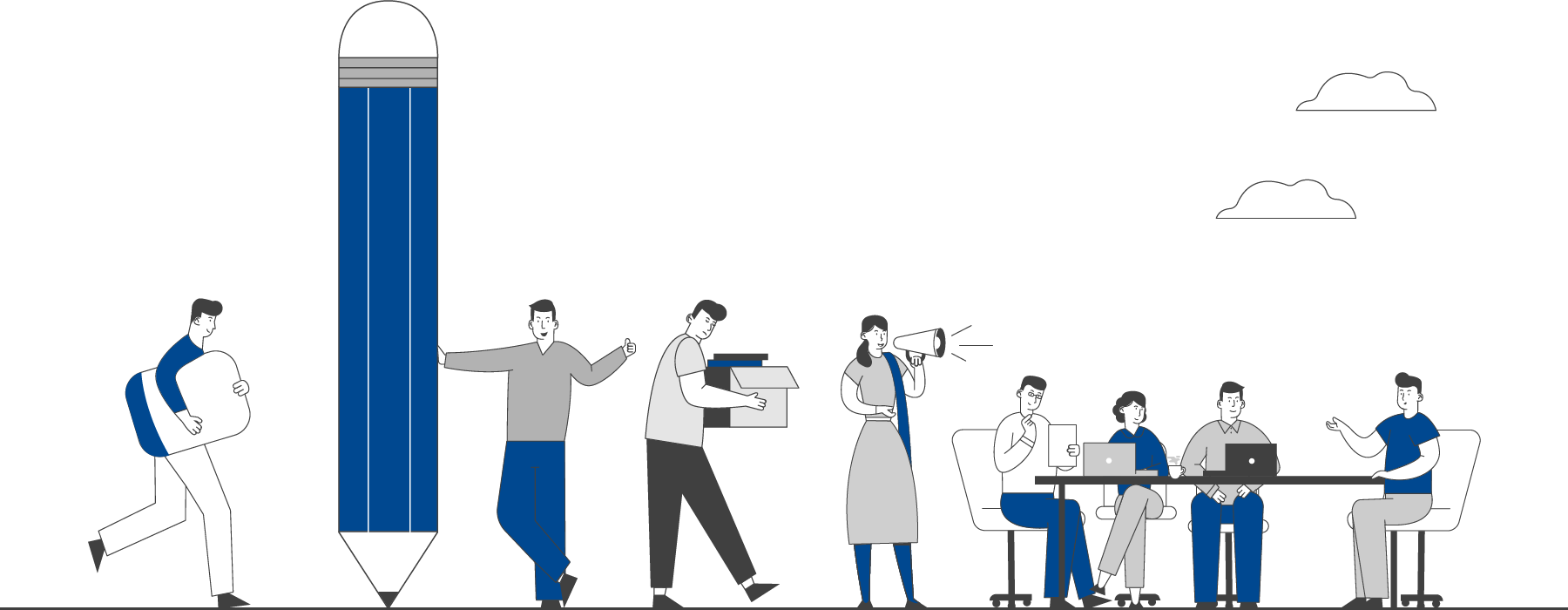

This section hosts guidelines, manuals and toolkits to strengthen public health practice.
Resources
FILTER
BY CATEGORY
View All
Gender equality and COVID-19: act now before it is too late
06 May 2022by Rosemary Morgan, et al 30 MIN READ
Two years into the COVID-19 pandemic, it is evident that gender inequalities exist, and that the pandemic affects women, men, and gender minorities differently. This article adds to that fact by providing further information. These findings support what gender researchers have long believed: that the ways in which gender power relations manifest as injustices vary depending on the setting. This is due to the fact that what it means to be a man or a woman (and the ramifications for those who do not fit into these categories), as well as the norms and expectations that are placed on them, vary greatly across contexts and throughout time. Other social identities, such as colour, age, disability, and sexual orientation, have different connotations. There is growing concern that the imbalances caused by the pandemic will further deepen, reversing whatever advance toward gender equality made prior to the virus. Hopefully, these findings will emphasize the need of decision-makers acting before it's too late.
Related File :
2067154301.pdfCategories
COVID-19

 EXPLORE DATA
EXPLORE DATA 



























